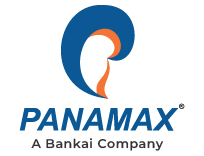The global banking industry was moving towards digitization even before the COVID-19 pandemic hit. Neobanks or digital-only banks have been a part of the banking ecosystem for quite some time and have co-existed with the traditional banking entities, which have also started going the digital way. The state-mandated social-distancing norms, as well as self-imposed isolations, only accelerated the process of digitization. The pandemic played a catalyst in the widespread adoption of digital banking services by people who may have been a tad skeptical about digital methods in the not-so-distant past. During these uncertain times, digital banking and fintech services, in a way, drove the financial systems that were plagued with decreasing demands and tightened credit conditions.
Fintech, which was once perceived to be a threat to the traditional banking industry, emerged as one of the most important allies for the banks. The fintech service providers offer digital banking solutions such as Core Banking System, Omni-channel Banking, Mobile and Internet Banking, WhatsApp Banking, and Agency Banking to help banks scale their points of services and reach new customers. The technologically advanced solutions let banks not only offer conventional services through digital channels but also cater to the unbanked and underserved who do not have access to branches.
Factors Influencing the Adoption of Digital Banking Services
We can attribute the widespread adoption of digital banking services to certain factors like the need for an omni-channel approach, security, and transparency, among other things. Without any doubt, COVID-19 is the most prominent of them all. Let’s take a detailed look at all the factors.
COVID-19
The pandemic became a catalyst in amplifying the urgency to adopt digital banking services and explore new channels to get the transactions done. With social distancing norms in place, and people advised to stay indoors as much as possible, those who may have been apprehensive about using digital channels in the past readily adopted the digital form of banking. Not to say that digital banking was not already on the way up before COVID-19 hit us in full force, but there was no urgency in making people adopt it in the pre-pandemic times. The Core Banking system has helped banks offer regular services and give their customers better control over their accounts while isolating during COVID-19.
Affordable Financial Services for All
Making affordable financial services available to people in rural and remote areas has been on the to-do lists of governments across the world. Setting up a branch in every nook and corner of a country may not always be financially viable for banks. Hence, quite a few banks in the developing nations immediately lapped up digital financial services like the Agency Banking solution. This solution relies upon a robust agent network that could include the local retailers and merchants. These agents offer banking services through PoS devices or mobile applications and make use of biometrics to bring even the underprivileged who may or may not have identification cards within the financial spectrum. This digital banking service is the perfect way to deliver formal savings and insurance products to the underserved in remote areas.
Need for Secured and Transparent Banking
Other important factors that drew people towards digital banking services before the pandemic were the speed, security, and transparency of digital transactions. Gone are the days when checks cleared in 3 days, and you had to visit the branch for every little problem you faced with your account. Digital banking solutions like Mobile and Internet Banking helps financial institutions to allow their customers to conduct transactional activities through a secured browser or dedicated applications on their smartphones. Along with being secured and fast, the digital applications also allow you to keep tabs on all your transactions.
Meeting the Demands of the Millennials
Banks need to cater to the needs of all of their consumers, including millennials, who prefer mobile phones for making transactions. They also demand the flexibility of conducting their banking activities through multiple channels based on availability and convenience. The Omni-channel Banking Solution allows banks to offer several transaction channels and the option to switch between them seamlessly. Some other digital banking solutions like WhatsApp Banking also add to the convenience of millennials by making services available on the popular messaging platform.
Freedom from Geographical Constraints
Earlier, it was imperative to visit your home branch to resolve any issues with your bank account. The scenario has changed to a great extent, with most banks offering chatbots and customer care support in their mobile applications. The new-age systems like Core Banking System made it possible for banks to make available services like loans, credit processing, standing instructions, and much more regardless of the location of the customers.
Digital Banking in the New Normal
The pandemic being the catalyst in the adoption of digital banking has brought about a revolution in the banking industry. A lot of the people may have switched reluctantly to the digital channels to follow the social distancing norms, but it is unlikely that they will revert to the old methods. Digital channels are, undoubtedly, more convenient and timesaving than traditional banking methods.
The situation also calls for a transformation in the way banks operate and allow their customers to avail the various services they offer. People are not too keen on visiting bank branches in the current scenario and have understood that going digital is not an option anymore. Thus, banks need to step up their game and collaborate with fintech service providers to upgrade their legacy systems if they haven’t already. Digital Banking Suite, which includes all the essential solutions a bank might need to go completely digital, should be implemented to make sure people have all the options they need to conduct their respective businesses online.
Related Blogs
Digital-only Banks: Creating a Niche in the Banking Sector
Dynamics of Digital Banking: 2020 and beyond


















